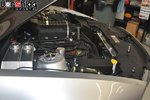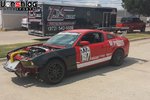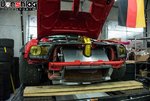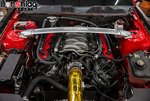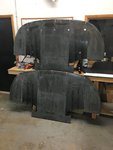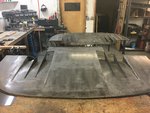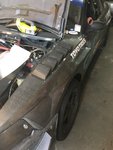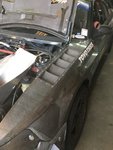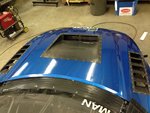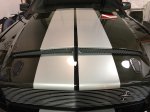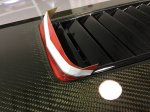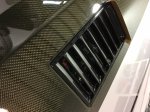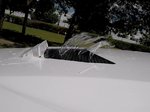Grant 302
basic and well known psychic
Thanks @Grant 302 . I tried a session where I took the rear wing off. It balanced the car at speed again, but this time I was 3 seconds a lap slower at Buttonwillow. So, yes I will try to mix all those things together and see where it gets me. I think even some double digits increase in downforce/decrease in lift will fix it right up. Splitter drop, canards, wheel well splates, and some more venting should really do it.
Sounds like a good plan!
I also forgot to mention raising the rear and/or more rear spring. If the rear downforce is enough to change your trailing arm/LCA geometry toward more squat, it could also be contributing to your high speed push. One more thing to consider in addition to the front aero mods.


